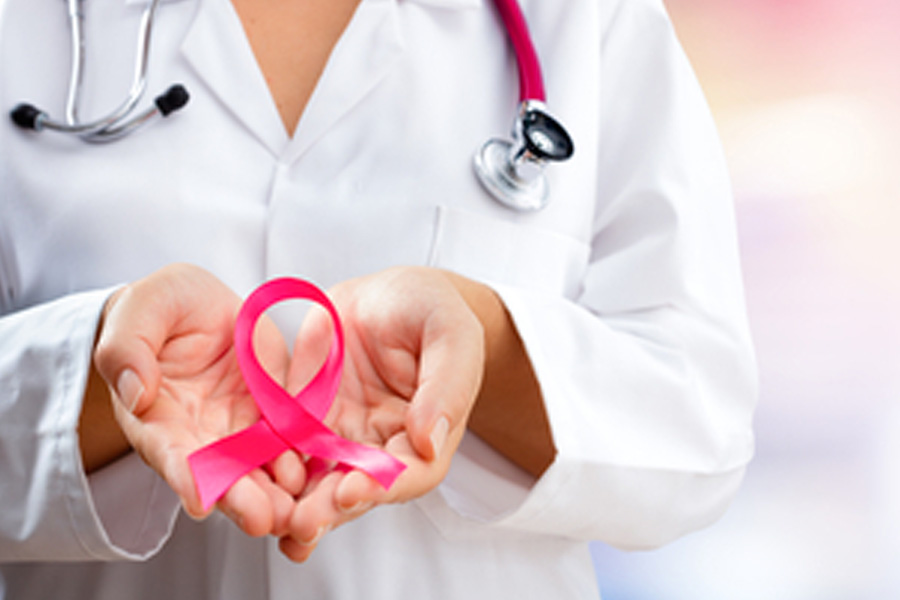Nearly three in four households battling breast cancer borrowed money or sold assets to meet treatment costs, a study exploring “distress financing” in a sample of Indian patients in a top government-funded hospital has revealed.
The study has found that 84 per cent of a sample of 429 households with a woman with breast cancer who come for treatment at the Tata Memorial Centre hospital, Mumbai, faced catastrophic health expenditure, defined as large enough to cause families to modify their typical monthly consumption patterns. According to the study, 301 (72 per cent) households were forced to borrow money or sell assets to finance the treatment.
Public health researchers at the International Institute of Population Sciences (IIPS), Mumbai, who conducted the study say their findings bolster evidence for concerns that breast cancer treatment poses severe financial challenges to the vast majority of economically deprived and even middle-class households across the country.
Breast cancer is the most common cancer in India, with an estimated 2,16,000 cases in 2022 accounting for 28 per cent of female cancers. Union finance minister Nirmala Sitharaman, in her budget speech on July 23, announced proposals to eliminate customs duty on three imported cancer medicines.
The IIPS study has found that it is not just the cost of medicines, but the cumulative costs of cancer diagnosis, medication, surgery, and radiation therapy combined with travel and accommodation costs for households that travel for treatment that contribute to catastrophic health expenditure. Its findings were published this week in the International Journal for Equity and Health.
“No previous study had examined financial distress in such a large sample of households hit by breast cancer or how they manage treatment costs,” said Suraj Maiti, a research consultant at the IIPS. In this study, 83 per cent of the patients had received all three treatment modalities — medication, surgery, and radiation therapy.
Only 24 (six per cent) of the 429 households tracked through the entire duration of treatment and for six months post treatment used income alone to cover the treatment costs. “We defined distress financing as families forced to borrow or sell assets,”
Maiti said.
The study found that 49 (12 per cent) households sold assets such as jewellery
or property and 277 (66 per cent) borrowed to pay for treatment.
Among the 362 (84.6 per cent) households that faced catastrophic health expenditure, 55 per cent (199) households slipped into poverty — circumstances under which they did not have enough finance for even subsistence-level food.
Maiti and IIPS collaborators Sanjay Mohanty, Soumendu Sen, Jishna E. and Tabassum Wadasadawala, professor of radiation oncology at the TMC, have used the sample of 429 patients and their households to assess the financial hardship resulting from breast cancer.
Earlier this year, the team had reported in another study from the same sample of patients that reimbursements that government-funded and private health insurance schemes currently provide do not protect breast cancer patients from financial distress.
The earlier study had suggested that non-medical expenses on accommodation, food, or travel directly related to the treatment — but not covered under insurance schemes — made up 44 per cent of the overall costs. Medical costs accounted for the remaining
56 per cent.











